eCommerce Customer Journey: A Complete Guide
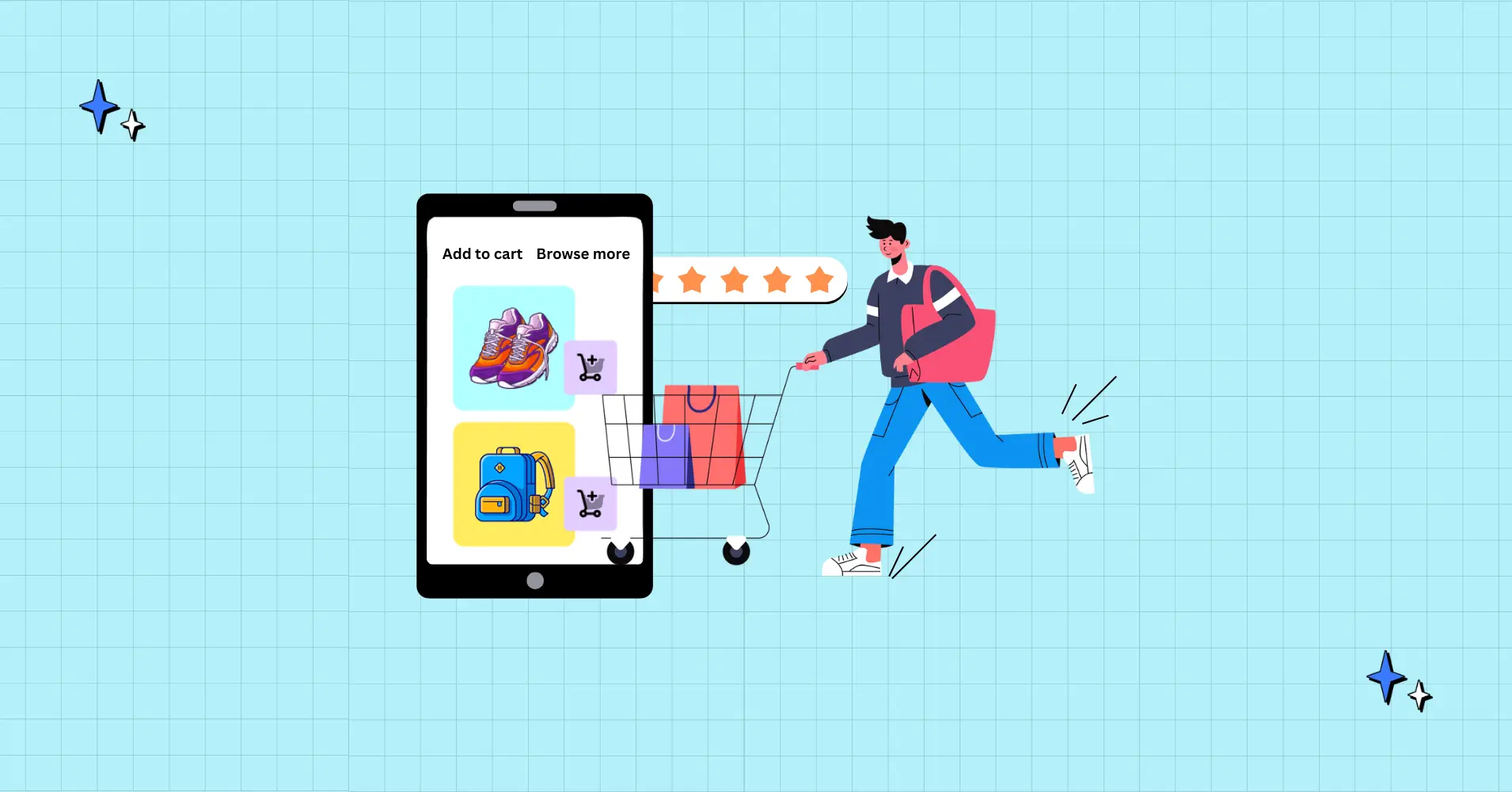
Every lazy scroll, clicks, or swipe from your customer has a story and intent. Their interaction tells you what’s working and what’s not.
Mapping your eCommerce customer journey and optimizing the touchpoints can give a boost to your sales, profit, and revenue, all of it.
Once you improve customer experience, you turn them into loyal brand advocates. And it doesn’t matter whether you’re running a big enterprise or a small online store. All you need is a successful customer journey mapping.
What is the eCommerce Customer Journey?
From people learning about your eCommerce store to making a purchase from you and becoming a customer – this entire journey of multiple touchpoints is your customer’s journey with you.
It starts when they discover you, continues with them learning more about your business, and finally making a purchase. It also stretches to customer retention and customers advocating for your. Which means they’re happy with your business and recommend you to their friends and family.
The entire journey breakdown in bullet points:
- Discovering your business
- Browsing your site
- Selecting products to buy
- Checkout
- Post-purchase support
- Coming back another time to buy again
- Recommending you to others
We’ll go into details of each.
What are the 5 Main Points of a Customer Journey?
Arguably, you can say there are 7 stages including interest and buying intention.
A full experience is a loop (in a good way!) – from awareness to being an advocate for your brand.
| Stage | What Happens | Actions | Example |
|---|---|---|---|
| Awareness | First touchpoint—customers discover your brand through organic or paid channels. |
| A user finds your website via Google search for “best skincare products.” |
| Consideration | Customers show buying intent, research, and compare options. |
| They click the “Skincare” category, read reviews, and compare pricing plans. |
| Purchase | The decision moment—checkout, payment, and order confirmation. |
| They add products to the cart and complete the purchase. |
| Retention | Post-purchase engagement to bring customers back. |
| Customer returns to buy another skincare item after a great experience. |
| Advocacy | Loyal customers promote your brand for free. |
| Customer recommends your store to friends and shares on Instagram. |
Made with Ninja Tables
Awareness
This is the first touchpoint.
In this stage, your target audience discovers you, either organically or through ads. Before this, they didn’t know you existed.
If they find you from search engines by an organic search, your SEO is working just fine. And if they see your social media promotions, that’s your paid ads’ success. Or they can simply hear about you from one of your customers.
Whatever medium it is, people learning about your business, your brand name, or your signature products is the awareness stage.
Once they find a particular landing page, you get the idea of what sort of products they are interested in.
“Awareness” goes both ways. The customer is learning about your business and you’re learning about their likes and preferences.
So to map your customer profile, it’s the most important stage.
Consideration
This is the 2nd stage where customers show interest in your product and take some action instead of casual browsing. It triggers interest and leads to buying intent.
Example: You run an online cosmetic store and your potential customer is showing interest in a specific product or category. They click on the “Skincare” category and look for products they need. And on the other side, you see it’s what interests them.
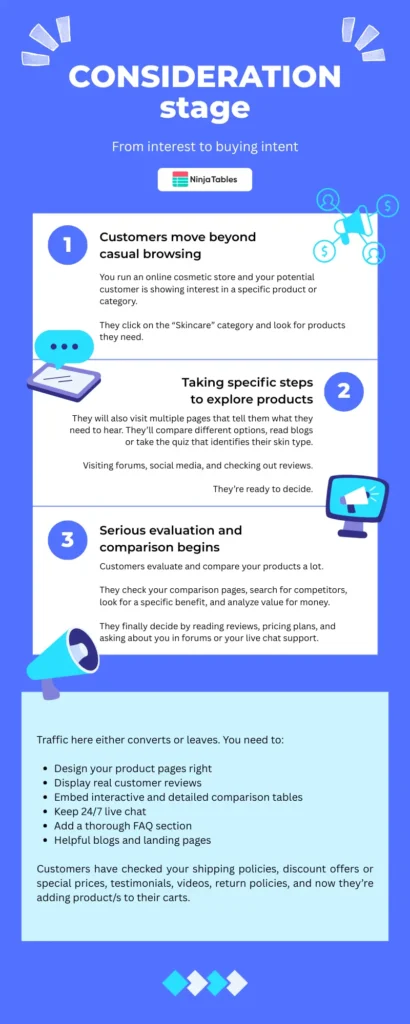
People will also visit multiple pages that tell them what they need to hear. They’ll compare different options, read blogs or take the quiz that identifies their skin type.
The traffic you get from “Awareness” stage will either show interest in your products or simply leave. You can analyze this behaviour to track what’s working and take steps to prevent people from falling out after the first stage.
Things get serious with buying intent.
Customers evaluate and compare your products a lot. They check your comparison pages, search for competitors and weigh the difference, look for a specific benefit, and analyze value for money.
They become researchers by reading reviews, pricing plans, and asking about you in forums like Reddit or your live chat support.
To successfully keep them engaged, you need to:
- Design your product pages right
- Display real customer reviews
- Embed interactive and detailed comparison tables
- Keep 24/7 live chat
- FAQ section
- Helpful blogs and landing pages
They’ve checked your shipping policies, your discount offers or special prices, return policies, and now adding product/s to their carts.
Purchase
It’s done!
The potential customer has crossed the first 2 stages and now are about to make the purchase.
This stage is also called “Conversion” or “Acquisition,” consisting of the order confirmation, checkout process, and payment.
Once they’ve made the purchase, congratulations, you have a new customer!

But, this stage doesn’t always guarantee a sale. Many from the first few stages arrive in this stage but may still hesitate to complete a transaction. For example, a potential customer has added a few products in their cart or saved a wishlist, without proceeding to checkout.
This customer is still a prospect and now it’s up to you to turn them into a paying customer. Ensure all your processes like marketing, quality, customer service, card information security, shipping and discount promises are aligned.
An abandoned cart can be recovered if you do it right.
Learn how to recover abandoned carts.
If you’ve persuaded them enough to make the transaction and convert, you’re officially successful.
Retention
Say all your efforts up until the “Purchase” or “Conversion” stage are top notch and you’ve gained a new customer.
But, it costs 5x more to acquire a new customer than to have an existing customer coming back naturally.
And a high customer retention rate means they’re happy with your business and want to come back to buy again. This stage created brand loyalty.
To reach this stage, you must make sure they have an excellent experience browsing, engaging, and shopping from you.
Build a relationship after the first purchase, give them good post-purchase experience, and increase customer lifetime value.
The product and service has to be the very best to gain a loyal customer and a repeat buyer.
Advocacy
This is where a loyal and happy customer becomes the brand ambassador for you without costing you anything.
The happier your customers are, the more they’ll recommend you to their community.
It’s the final stage of the customer journey and the most useful one if you give them the best experience.
For this, you can:
- Ask customer feedbacks for improvements
- Offer prizes, discounts or other incentives for each referral
- Build your own community with your customers
- Customer-special events
Customer Journey Optimization Best Practices
Sheer luck or good promotions, whichever got you your customers is not enough.
You need to make sure the customer journey is smooth and friction-free from start to finish. And by finish we don’t mean stop at the “Purchase” or “Acquisition” stage. You need to take several more steps to keep them coming back and upgrade to the “Retention” stage!
And if not retention, customers advocating for your brand, product, or business is more helpful than you realize. After they have a nice experience with you, they’ll recommend you to their community.
Here are some best practices to optimize customer journey.
Better discovery
The first step to a successful customer journey is “Awareness” and you must make your brand or business easily discoverable for that.
Make it easy for your target customers to find you right when they need it.
Here’s a to-do list for brand awareness creation.
- Your eCommerce store landing pages should be optimized for search engines
- Increase your brand’s social media presence. Be everywhere your target audience is
- Seek out partnerships or collaborations for exposure
- Advertise and promote strategically
Product presentation
Brand awareness doesn’t guarantee a sale. For the people to move past the consideration stage, your eCommerce landing pages and product pages need to be engaging.
For product presentation, use high-quality media, detailed descriptions, user testimonials, comparison tables, etc. to ensure transparency and confidence.
| Image | Name | Category | Price | Choose | |
|---|---|---|---|---|---|
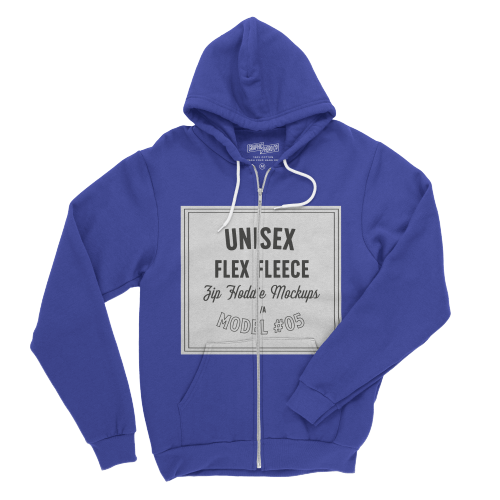 | Blue Hoodie (Zipper) | Hoodies | Original price was: $40.00.$35.00Current price is: $35.00. | | |
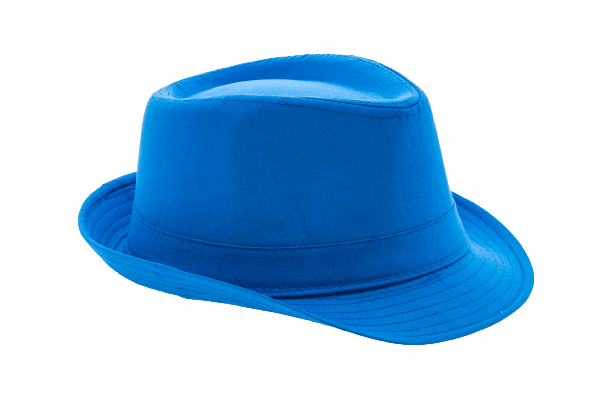 | Hat | Hat | Original price was: $20.00.$15.00Current price is: $15.00. | | |
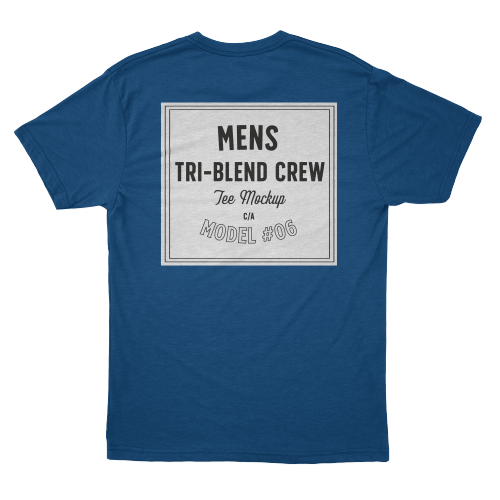 | T Shirt | Half sleeve | $45.00 | | |
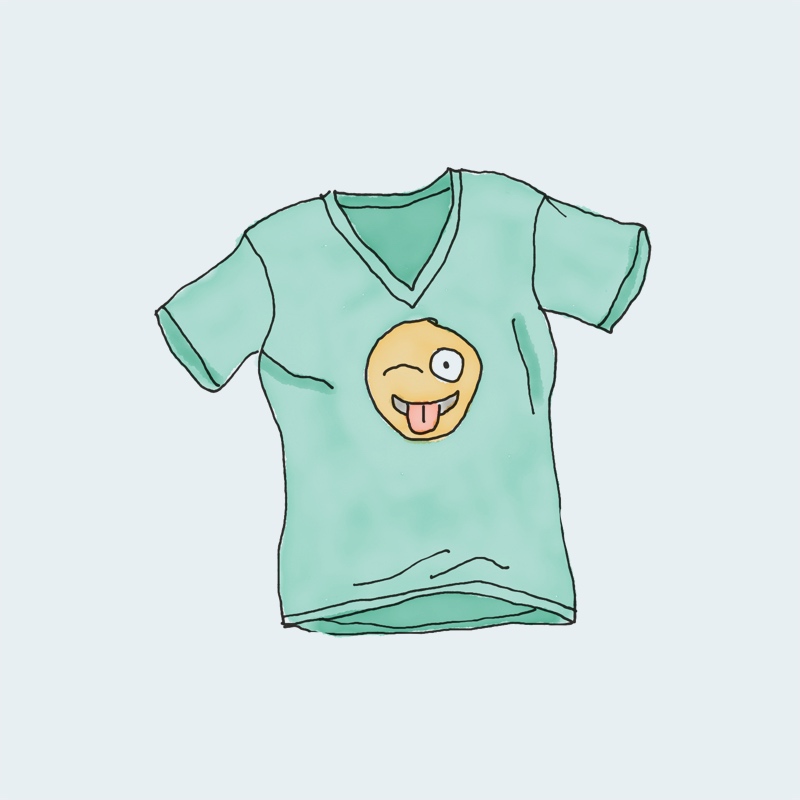 | T-Shirt with Logo | Tshirts | Original price was: $10.00.$8.00Current price is: $8.00. | | |
 | Beanie with Logo | Accessories | Original price was: $20.00.$18.00Current price is: $18.00. | | |
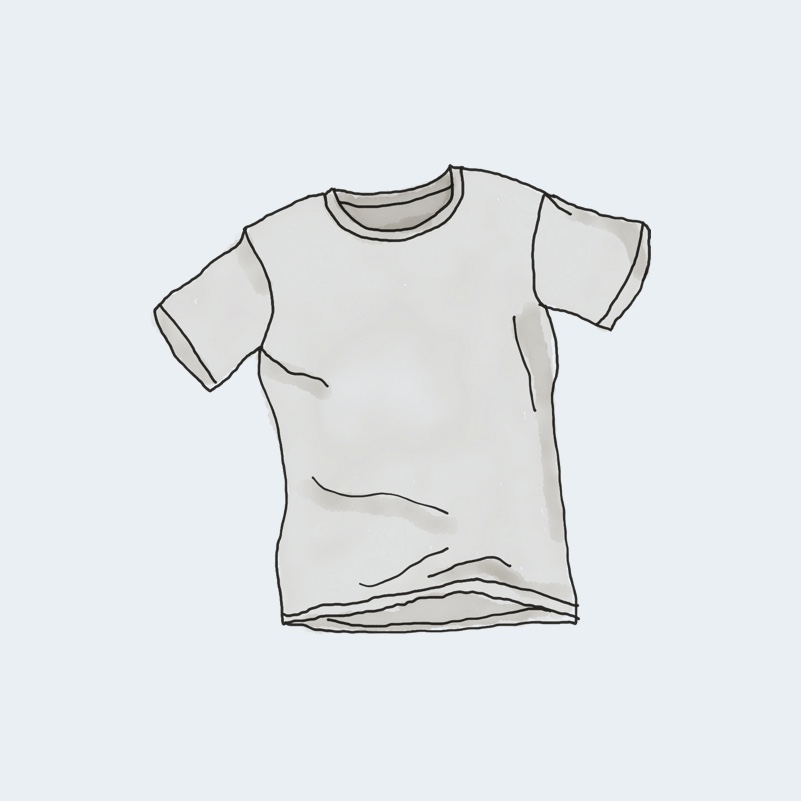 | T-Shirt | Tshirts | $18.00 | | |
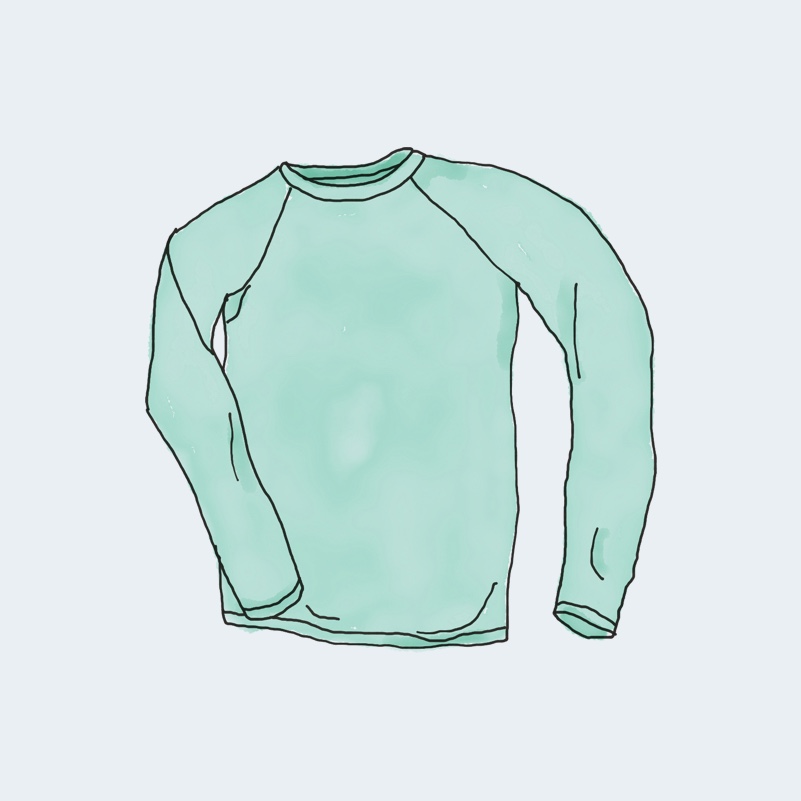 | Long Sleeve Tee | Tshirts | $25.00 | | |
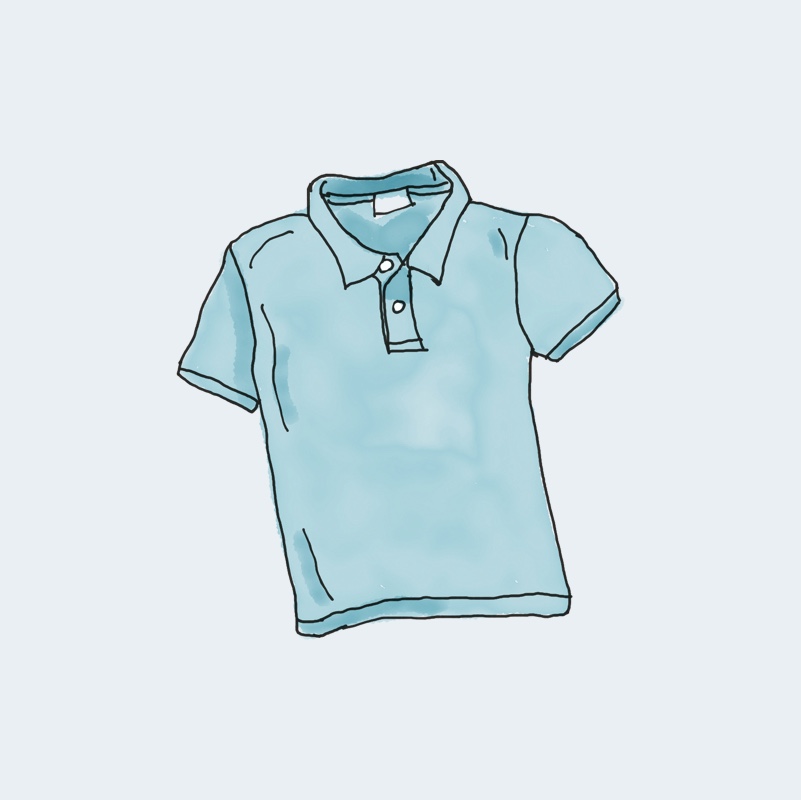 | Polo | Tshirts | $20.00 | | |
 | Hoodie with Logo | Hoodies | $45.00 | | |
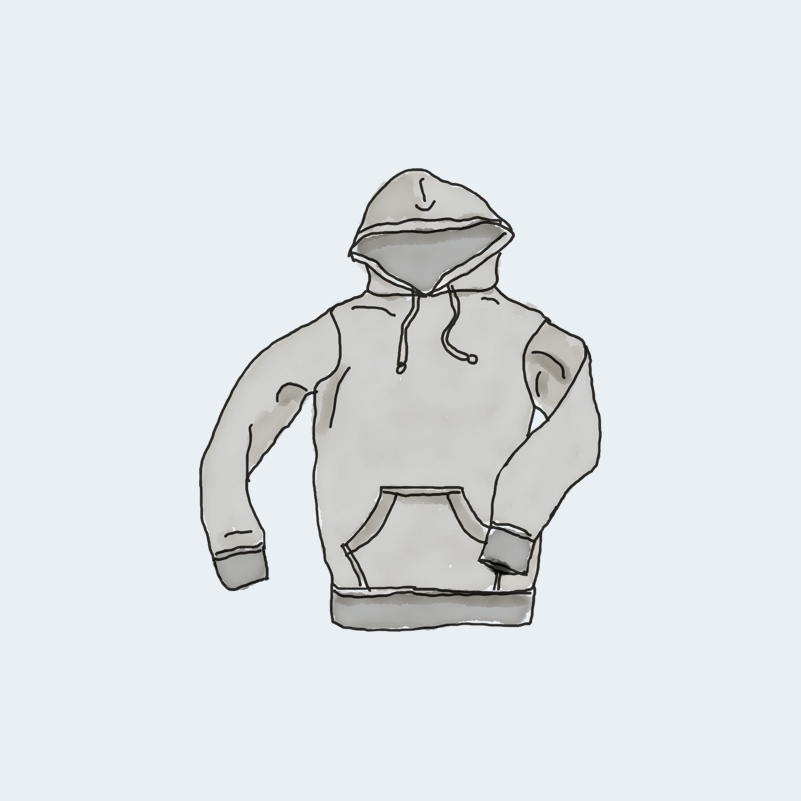 | Hoodie with Pocket | Hoodies | Original price was: $45.00.$35.00Current price is: $35.00. | | |
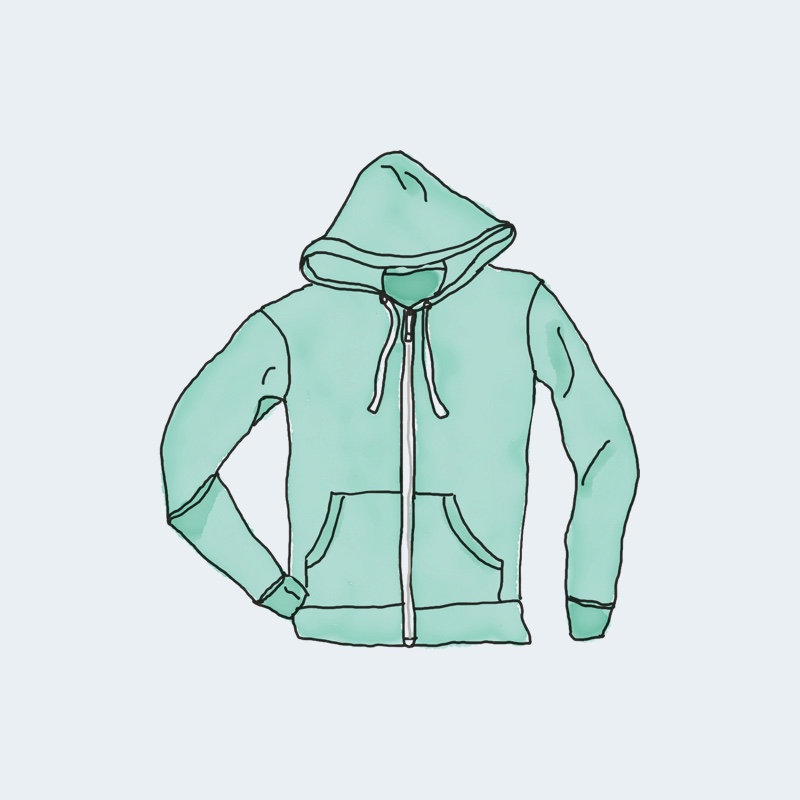 | Hoodie with Zipper | Hoodies | $45.00 | | |
 | Beanie | Accessories | Original price was: $20.00.$18.00Current price is: $18.00. | | |
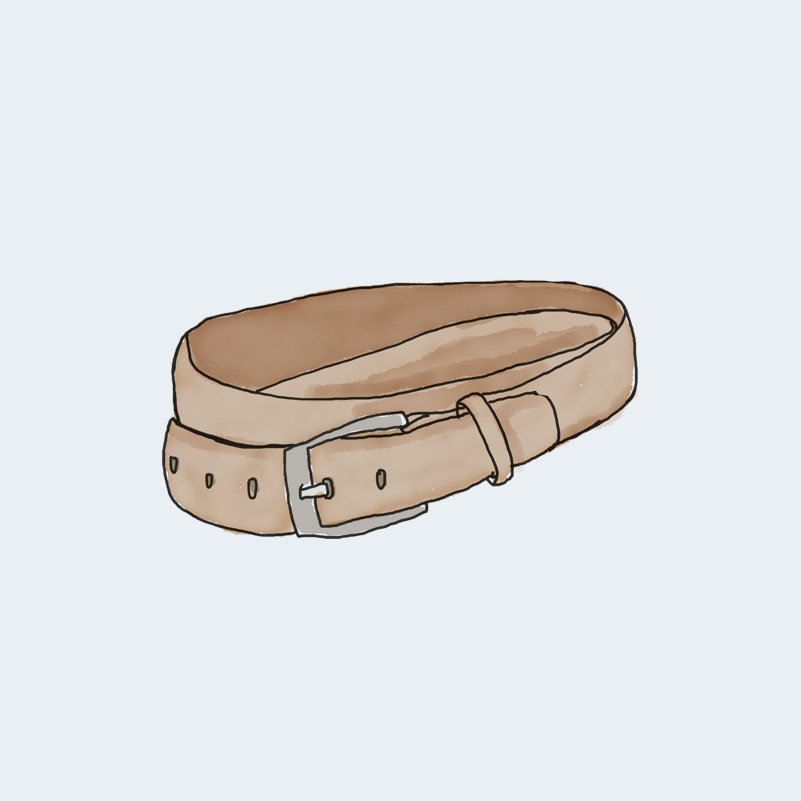 | Belt | Accessories | Original price was: $65.00.$55.00Current price is: $55.00. | | |
 | Cap | Accessories | Original price was: $18.00.$16.00Current price is: $16.00. | | |
 | Sunglasses | Accessories | $90.00 | | |
 | Tank Top | Tanktop | Original price was: $45.00.$40.00Current price is: $40.00. | |
Woo product tables like this help customers decide on products easier.
And product review tables do the same.
WP Ratings 4.6 out of 5 Stars | 94% | ||
Ease Of Use 95% Design 90% Settings 90% Price 95% Support 100% Overall Quality 94% | Pros
Cons
Pricing per year
| ||
Courtesy of Ninja Tables
Smooth purchasing
To create a repeat buyer, ensure the purchasing process is as smooth as possible.
Remove any barrier people may face before making a purchase.
- Landing pages and checkout page should load faster, without CLS issues
- Website navigation should be easy and intuitive
- Checkout page should be short, simple, and secure
- Multiple payment gateways for global customers
- Allow checkout as a guest, not forcing to create an account
- Shipping policies and rewards need to be transparent
- Clear money back guarantee or return policies
For WooCommerce sites, mastering WooCommerce UX is a must! Making the purchase easier and faster for customers can increase sales.
Communication
After the transaction, let your customers know what status their product is in. Inform them at each step from processing to dispatch to delivery.
You can use emails, push notifications, SMS, or other mediums your customer prefers.
Engagement
Customer experience doesn’t end with one purchase.
Keep them engaged with relevant content, post-sale support, loyalty programs, customer-focused events, and referral bonus offers. Asking them for feedback and suggestions is a brilliant way to make them feel valued.
Know your customers’ journey and get ready for holidays sales!
Mapping Customer Journey: Framework
Customer journey mapping means visualizing all the steps a customer takes to interact with a brand/business/product and how the steps reflect their thoughts, goals, and intentions.
Here’s how to map eCommerce customer journey effectively.
Analyze customer persona
“Know thy customer” – sounds silly but it’s very important!
Not every customer is the same. They vary in ages, genders, professions, and even preference. You can’t sell bacon to vegans, can you?
Creating a buyer persona and tailoring their experience to their own taste is the first step to mapping the customer journey.
This includes the following –
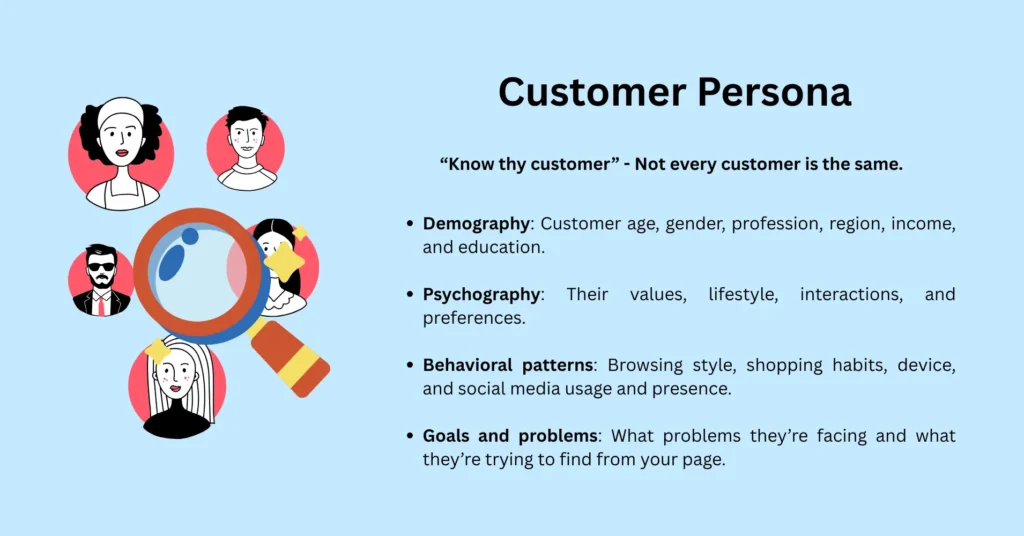
- Demography: Age, gender, profession, region, income, and education.
- Psychography: Values, lifestyle, interactions, and preferences.
- Behavioral patterns: Browsing style, shopping habits, device, and social media usage and presence.
- Goals and problems: What problems they’re facing and what they’re trying to find from your page.
Tracking tools like MS Clarity, Google Search Console, or Google Analytics are helpful to gather all this information. But you get the real data by interacting with your customers yourself.
Tips:
- Engage with customers, visitors, or referrers and learn about them through social media (without being intrusive, of course!)
- Take an audience survey. Many skincare and clothing websites gather user information through a quick survey or quiz.
- Send them emails and ask for feedback or insights.
Track touchpoints
As your customers’ age and preferences vary, their mediums to interact with your brand varies as well.
Keep an eye on eCommerce customer journey touchpoints on every channel.
- Search engines: Track if customers find you organically.
- Paid ads: What sponsored content is bringing in the audience.
- Socials: What social platform people use to interact with your brand profile.
- Emails: Marketing emails, transactional emails, and newsletters.
- Website: Their browsing behaviour on your product pages and other content.
- Helpdesk interactions: Their queries in live chat, email, or other media.
Notice current state
Any number of clicks or swipes is crucial data for you.
Google Analytics or sessions recording tools can tell you customer behaviours like what they click the most and what section gets totally ignored.
- The duration visitors stay on your pages will tell you what they’re looking for or what they don’t understand.
- If they’re clicking the buttons, clicking to swipe next, or visiting other internal pages.
- High click-through-rates mean your content is engaging and low mean users can’t relate to your content.
- Bounce rates or what percentage of visitors are leaving after landing on a page.
- Drop-off points, where the audience drops off the most.
- Which pages, buttons, banners, or links lead to actual purchases.
- Their behaviour in desktop, mobile, or different browsers.
These data can help your website and customer experience improve.
Gather feedback
This pretty much works out if you map your buyer persona using quizzes, surveys, or social engagements.
Whatever your customers are talking about your brand is important data to note – whether they’re happy or whether they’re looking for something specific but can’t find it.
To understand customer journey and experience, you need the following.
- Take surveys to collect feedback on customer experiences (CX) and insights
- Track how visitors browse and engage your eCommerce website
- Ask for feedback on your products and services via email, or comments
- Evaluate their support queries and understand the common issues
- Listen to what they say about your brand, product, and service
How about you let us know what you think about Ninja Tables or this blog?
Get In touch with Ninja Tables
Identify pain points
From the surveys and customer feedback, you can clearly point out what problems your customers face frequently and what you can improve to increase CX.
- Notice if they’re having troubles navigating your website, finding desired products or a specific information
- Check if they’re facing page loading or CLS issues
- Put yourself on their shoes and evaluate if your checkout process is customer friendly
- What product people search for more and what product gets backordered more than usual
- If customers abandon their cart or ignore their wishlist
- How your global customers feel about the limited payment gateway options
- If the product pages, blogs, landing pages, or CTAs are missing necessary information like price, discount offers, or product links
- Check if your website is not mobile-first
Improvements
After you know who your customers are, what they want, where they engage better, and what problems they face, you can strategically plan some improvements.
- Focus on changes that can impact engagement and conversion positively
- Do some A/B testing to compare possible solutions and see what works better
- Track the effects of changes so you can identify the best strategy
- Never stop receiving and asking for customer input
Customer Journey Map Example
Let’s take IKEA’s consumer journey mapping.
| Stage | What Happens | Touchpoints | Pain Points |
|---|---|---|---|
| Awareness & Consideration | Learning about IKEA through ads, friends, or social media; comparing options. |
| Overwhelmed by many options. |
| Planning & Research | Visiting website, app, or catalog to explore furniture and check availability. |
| Limited stock causing frustration. |
| In-Store Experience | Walking through IKEA’s showroom, testing furniture, enjoying the food court. |
| Navigation challenges, too much walking. |
| Purchase | Picking items in the warehouse and moving to checkout. |
| Long lines, heavy items, good/bad checkout experience |
| Using | Assembling flat-pack furniture at home. |
| Confusing instructions, missing parts, time-consuming. |
| Post-Purchase | Giving feedback, using loyalty programs, and buying accessories. |
| Returns/exchanges take time, after-sale support absent |
Common Customer Journey Mistakes
It’s easy to make mistakes. You’ll make one or two as well.
But you can stay away from some common pitfalls other eCommerce owners fall in!
Customer journey mapping mistakes people made are:
- Ignoring mobile users when 62.54% of global traffic comes from mobile devices
- Complex checkout process, not allowing guest checkout, and not ensuring personal detail security
- Unresponsive support or unhelpful agent
- No post-sale support
- Thinking “One size fits all” and not tailoring to fit customer persona
- Only focusing on customer acquisition, and not retention
- Not taking customer feedback seriously
- Not engaging with customers through email or socials
- Bad product presentation and failing to engage with copy or CTA
Wrap Up
Buying and selling have become increasingly difficult because of the huge number of eCommerce sites. Customers are easily overwhelmed and lost if you can’t make their journey with you easier.
An effective eCommerce customer journey mapping is the only thing that makes you stand out.
Get to know more about your target customers, give them what they want, present your products smartly, and make the entire experience feel smooth and effortless.
Customer journey isn’t a one-time project. It’s continuous.
The time and resources you invest in improving the customer journey will gain you a happy and loyal customer base.

Ninja Tables– Easiest Table Plugin in WordPress



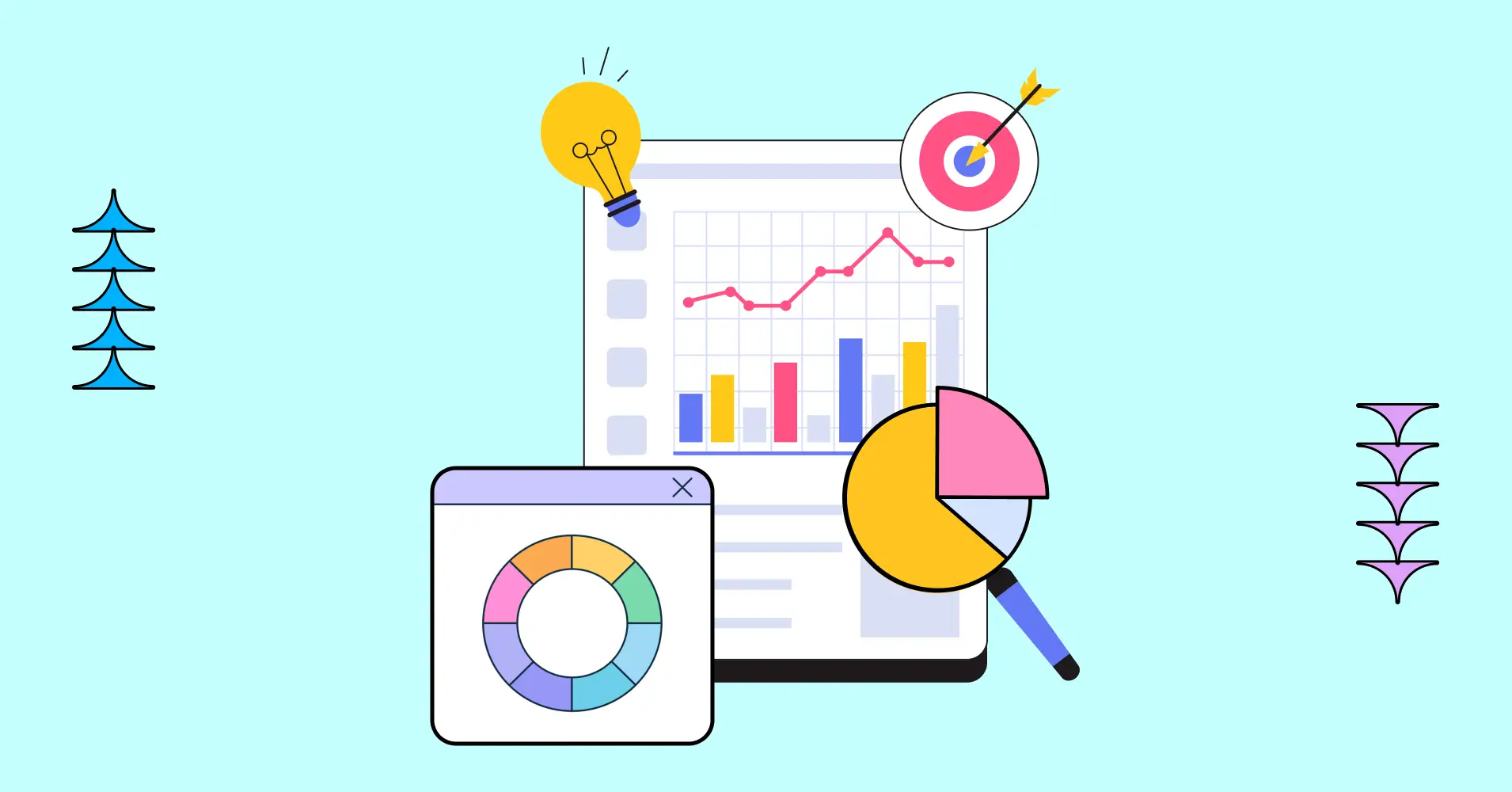
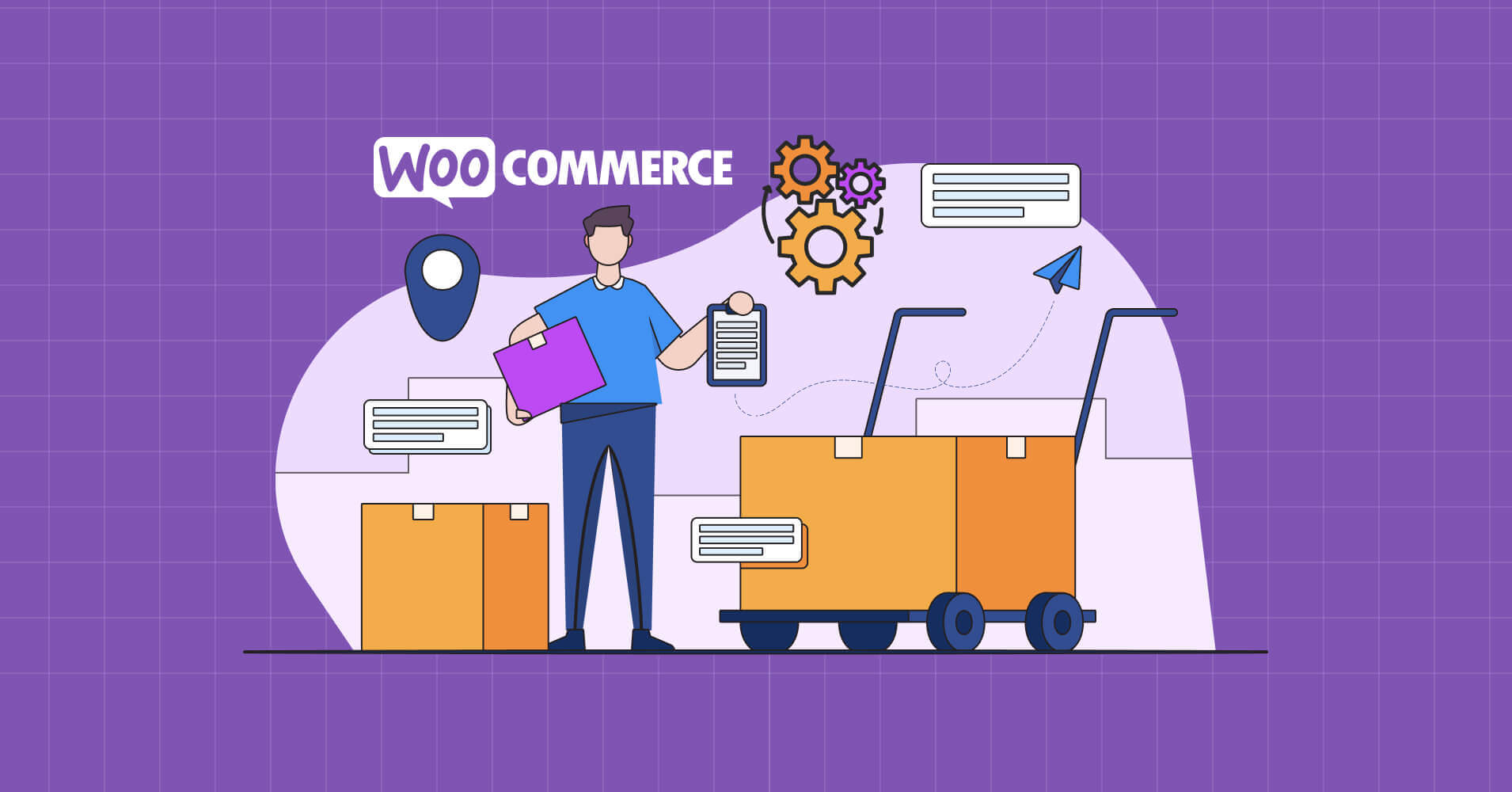
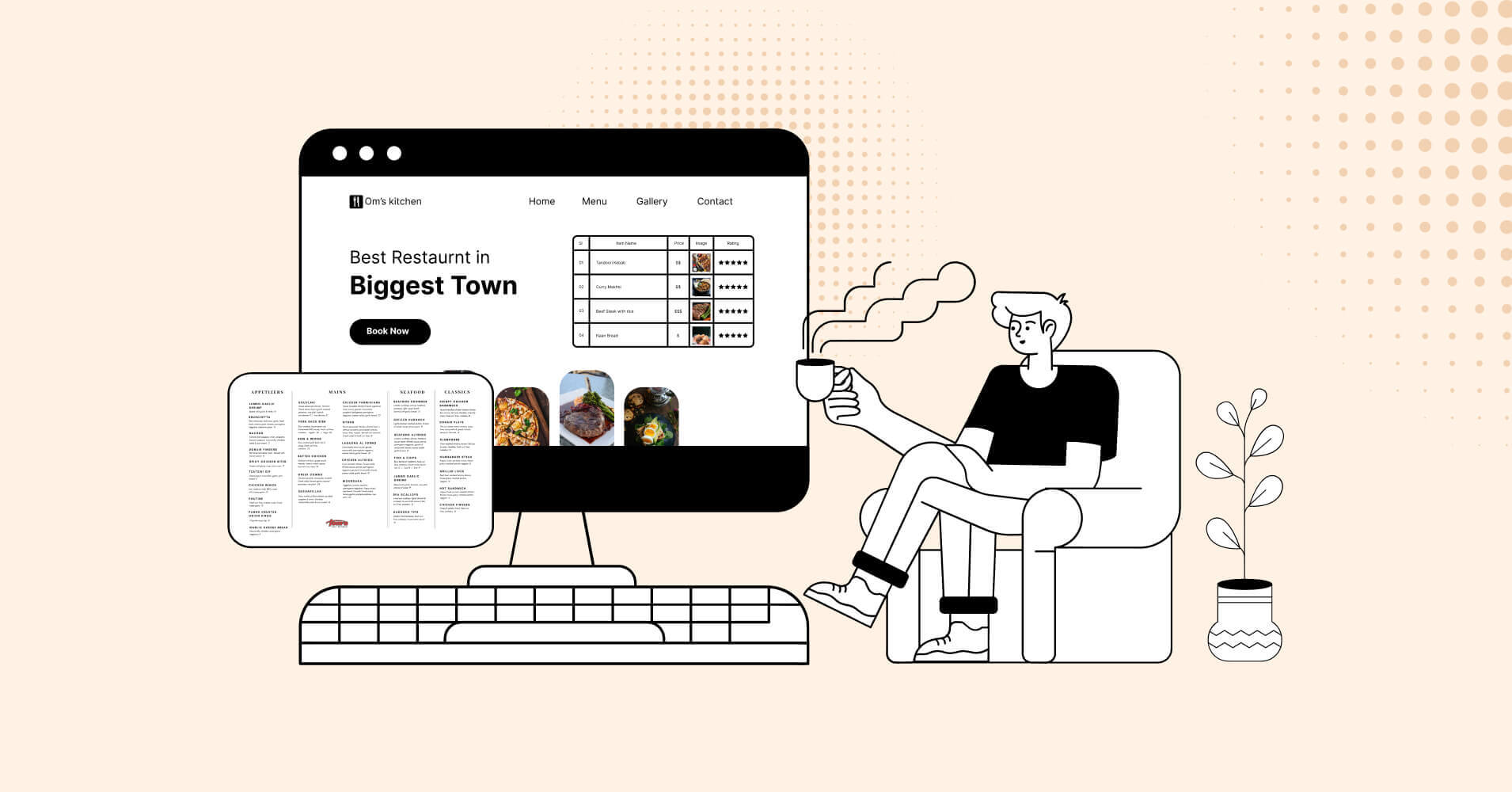
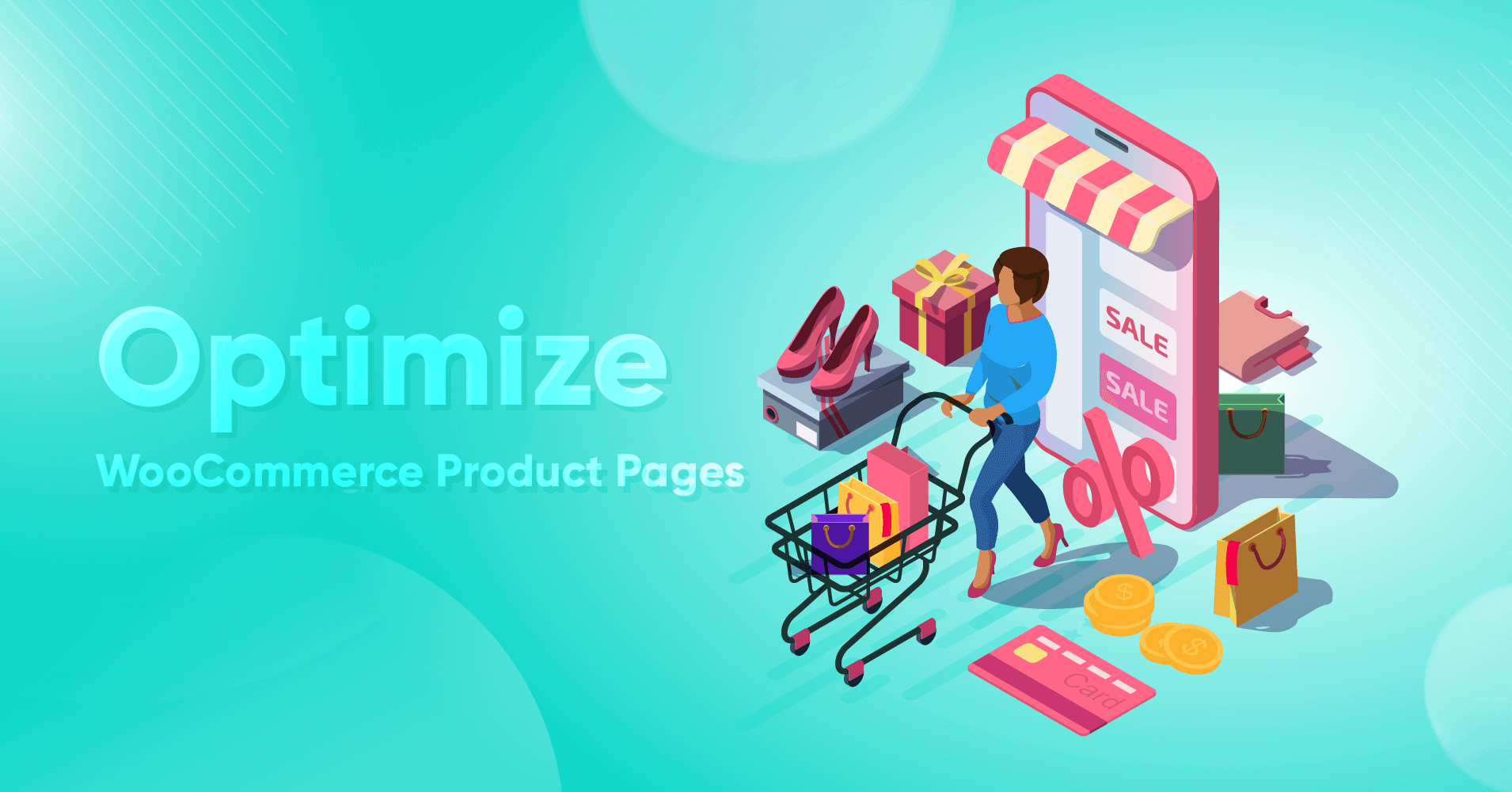
Add your first comment to this post